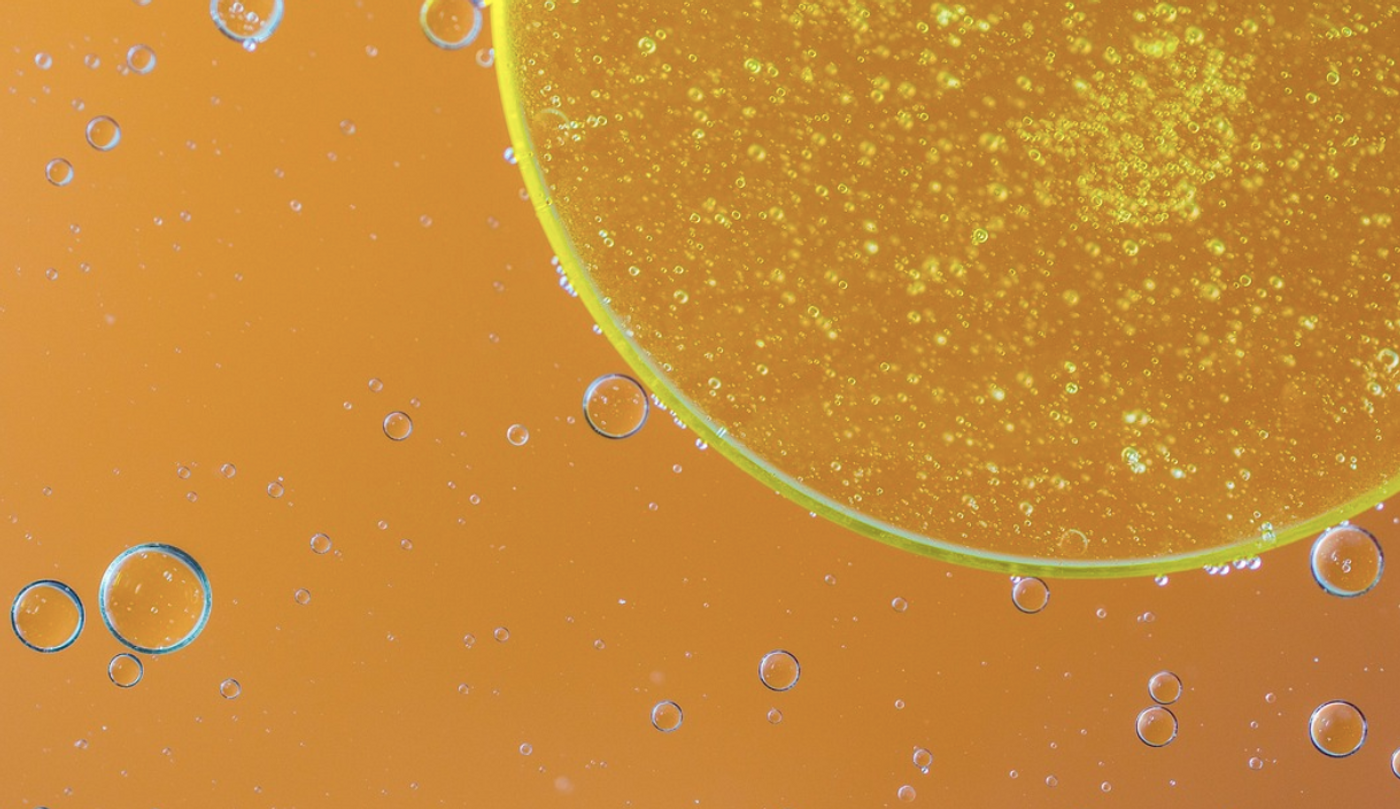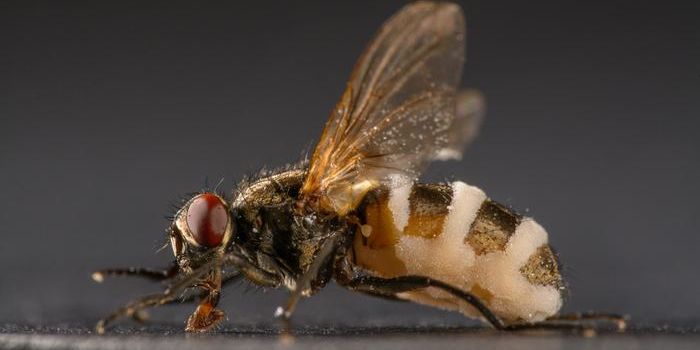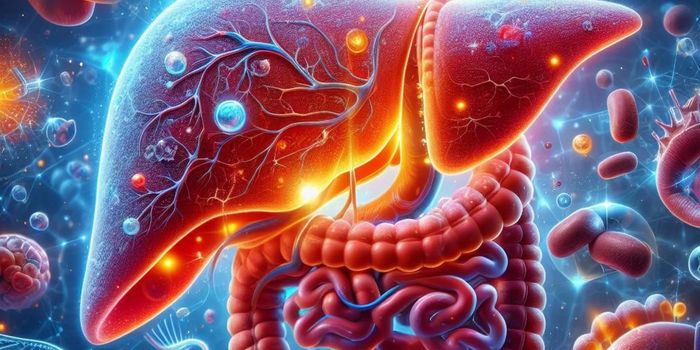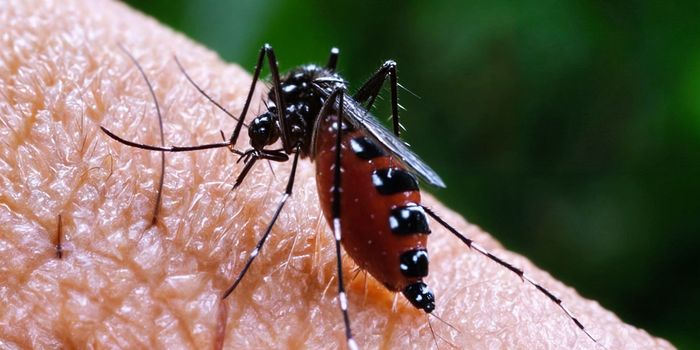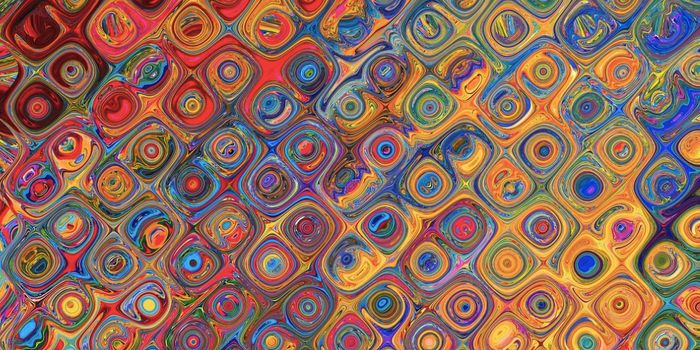Researchers Discover Tiny but Powerful Electric Fields Within Cells
The human body is pulsing with electricity. Our nerves send electrical signals throughout the body as action potentials, which are essential for movement and thought, for example. These electrical signals are generated by the uneven distribution of charged ions across membranes, and membranes were thought to be essential to the creation of ion imbalances. Researchers have recently shown, however, that membranes are not necessary for electrical charge imbalances to arise. This research showed that interactions between microdroplets of water and air can produce electrical charges.
These tiny electric fields have now been found inside of cells, around structures that are known biological condensates, which are droplets that form in cells like bits of oil separating from water. Biological condensates are also a relatively recent discovery, and they are thought to be used in cells to bring certain components or molecules together to encourage reactions or processes to take place. These condensates are loosely structured, and are not bounded by a membrane like many cellular organelles or the cell itself.
Reporting in the journal Chem, scientists have determined that reactive oxygen or redox reactions were triggered in this system, as in other electrically imbalanced systems. This research may help us understand how the earliest forms of life on Earth collected enough energy to fuel their survival.
Study co-author and Duke University postdoctoral researcher Yifan Dai wondered how energy would be generated in a prebiotic environment that did not contain any enzymes to spark chemical reactions. "This discovery provides a plausible explanation of where the reaction energy could have come from, just as the potential energy that is imparted on a point charge placed in an electric field," Dai said.
Electrical charges that move from one material to another can generate molecular parts that come together to form hydroxyl radicals, or OH, which can then pair together to create H2O2, or hydrogen peroxide.
The investigators created synthetic versions of biological condensates with an added dye that could indicate when reactive oxygen species (ROS), like hydrogen peroxide were present. This showed that under certain conditions, ROS were appearing in small but detectable quantities.
While biological condensates are thought to bring certain parts of the cell together to promote reactions, this work has suggested that they are also performing other important chemical or electrical functions as well, suggested co-corresponding study author Ashutosh Chilkoti, a Professor at Duke.
Dai noted that before mitochondria existed in cells, they still needed energy to live. While there are other theories, this research could explain where that energy came from.
"Magic can happen when substances get tiny and the interfacial volume becomes enormous compared to its volume," Dai said. "I think the implications are important to many different fields."
Sources: Duke University, Chem
